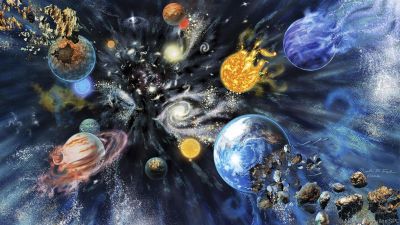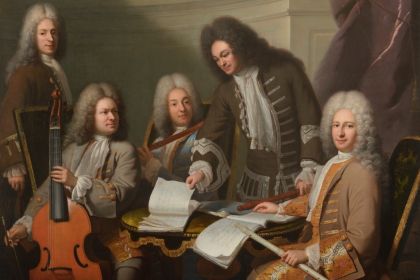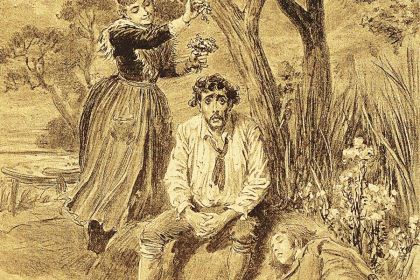ORCHESTRA
The four elements of nature expressed in musical form by Jean-Féry Rebel

The Big Rip by Nicolle R. Fuller
French composer Jean-Féry Rebel was born in 1666 to a distinguished musical family. His father and uncle were French court musicians, and various siblings were professional musicians in other European centers.
Jean-Féry was only eight years old when Jean-Baptiste Lully noticed his prodigious gift for music. Lully taught the young Rebel how to play the violin and also instructed him in composition.
Under the auspices of such a powerful musical protector, the career of Jean-Féry Rebel progressed rapidly. In 1699, he was appointed first violin at the Opéra and by 1705, he had become a member of the king’s Twenty-Four Violins. In addition to his skill as a violinist, he was also a respected harpsichordist and often played the continuo part in concerts of the Royal Académie.
Rebel’s place in music history rests upon his leading role in developing the French baroque, often by infusing it with Italian elements. He wrote vocal pieces until about 1708, turning then to string sonatas and chamber music. He became particularly known for his music for choreographed dances, which he called 'symphonies.'
He was more than seventy years old when he composed his last work, simphonie nouvelle Les Éléments (1737), based on the concept of the four classical elements of earth, air, fire, and water. The piece begins with one of the most strikingly original works of the Baroque repertoire — Chaos overture.
Listen to Les Éléments performed by Jordi Savall with Le Concert des Nations:
Aware of the boldness of the piece, Rebel added an Avertissement to the printed score in which he explained in great detail the compositional ideology and inspiration behind the work.
According to Rebel:
“[Chaos is] that confusion which reigned among the elements before the moment, when subjected to invariable laws, they took their ordained places in the order of nature.”
Rebel goes on to describe how he undertook to represent chaos musically:
“I dared to undertake to link the idea of the confusion of the elements with that of confusion in harmony. I hazarded to make heard first all sound together or rather all of the notes of the octave united as a single sound.”
Thus was born the first tone cluster in the history of Western music. Throughout the movement each of the elements is represented by a distinct musical idea:
- Earth by slurred bass notes;
- Water by ascending and descending flute cascades;
- Air by long sustained notes at the piccolos that conclude trills;
- Fire by bravura violin passages.
The chaos theme returns seven times throughout the movement, and each appearance reframes the struggle between the elements as it diminishes in intensity further and further until its harmonic resolution.



